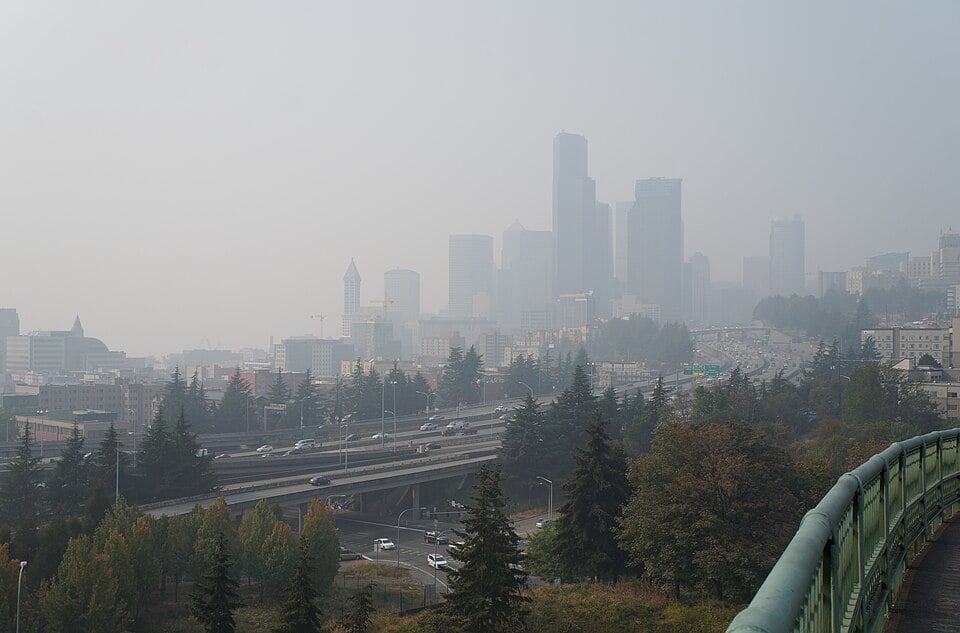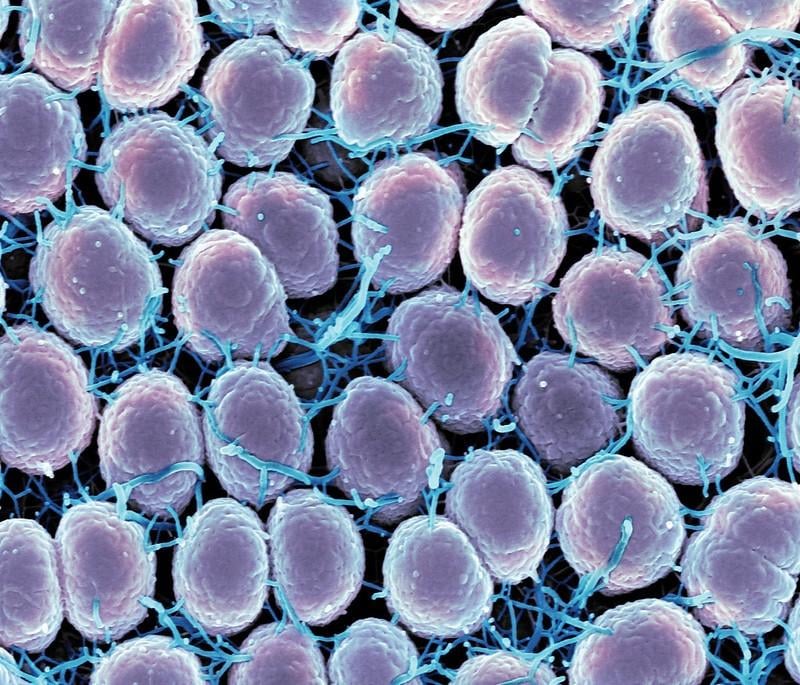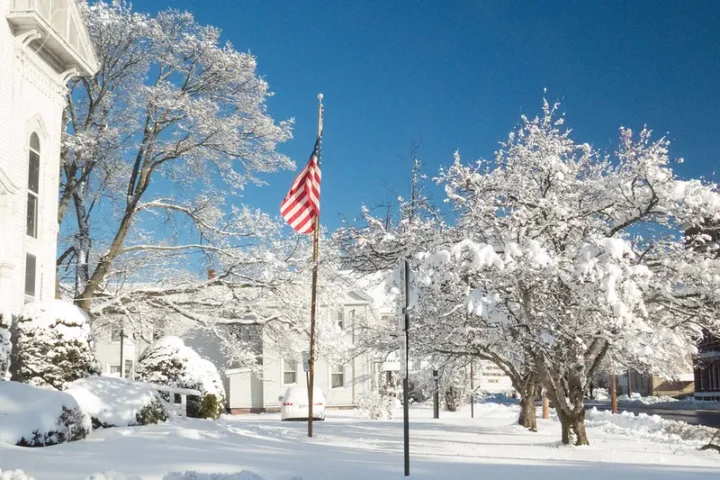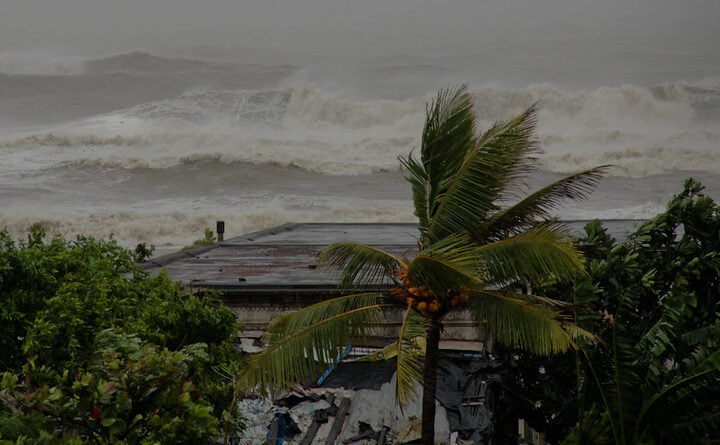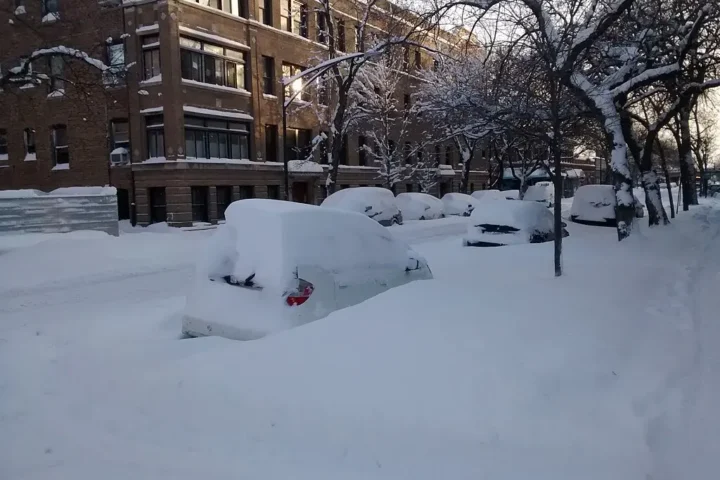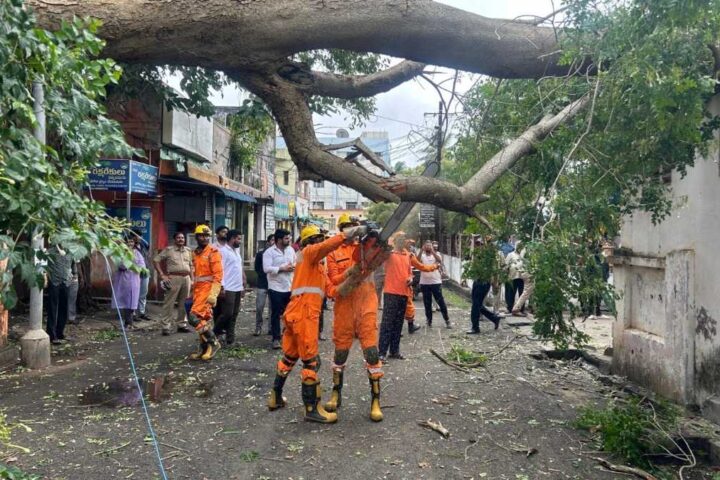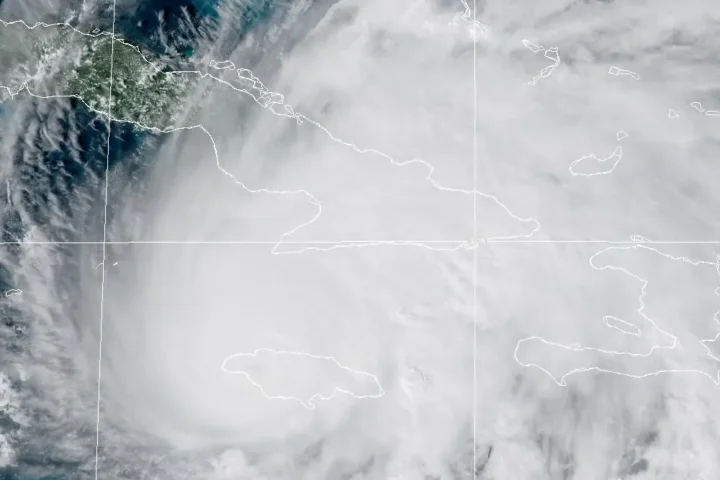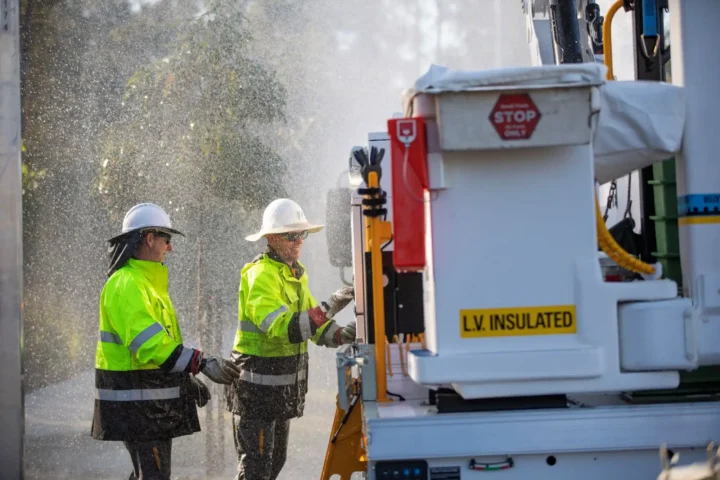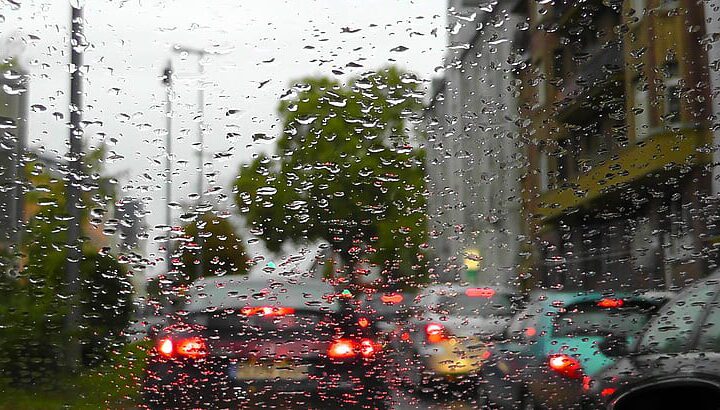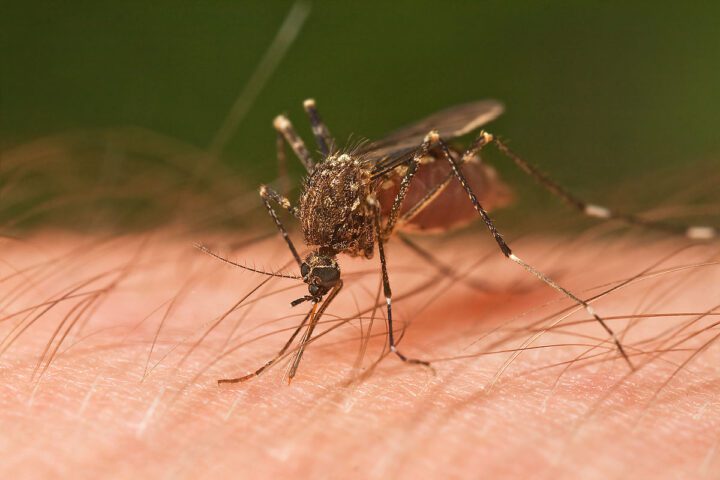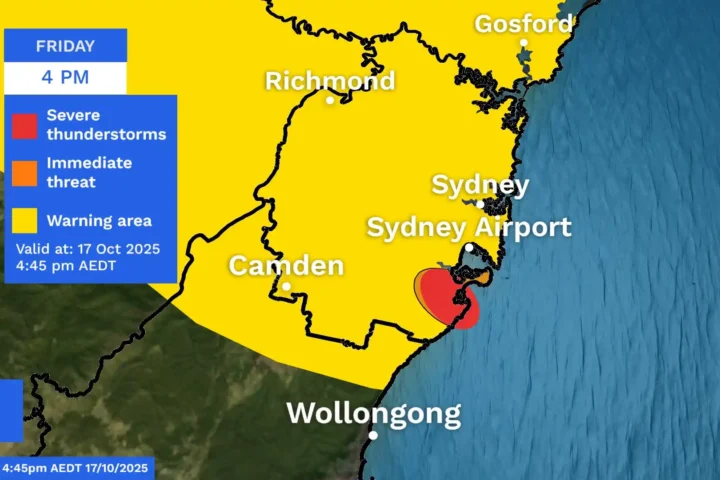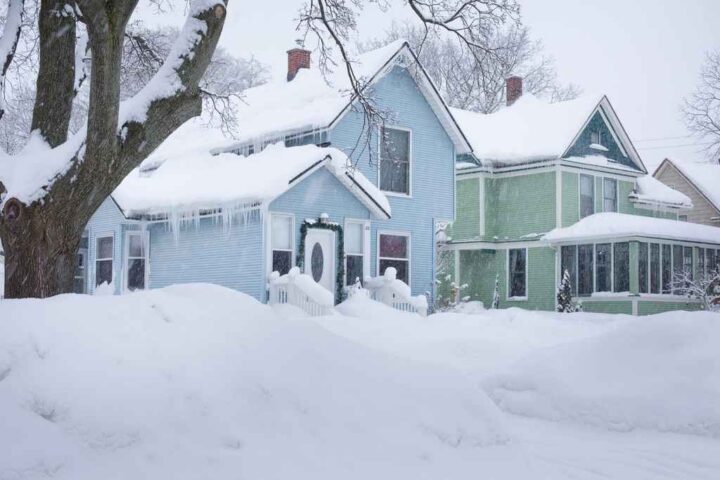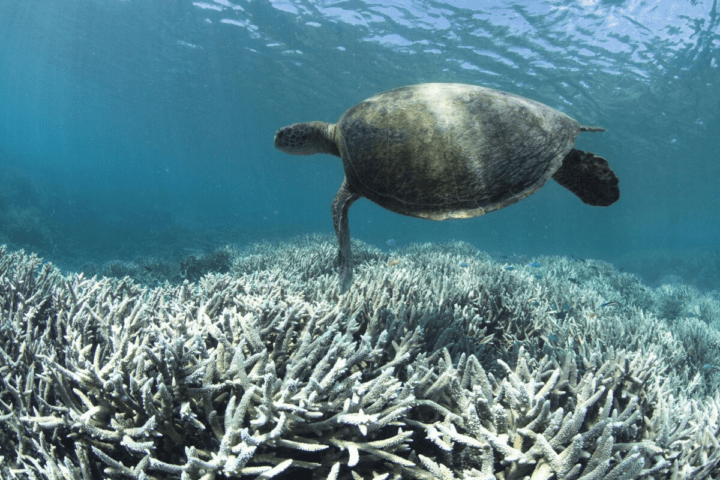On May 17, 2025, Governor Bob Ferguson signed a new law aimed at reducing emissions from hydrofluorocarbons (HFCs), powerful chemicals that trap heat in the atmosphere at alarming rates.
The legislation, House Bill 1462, addresses these “climate super pollutants” used primarily in air conditioners, refrigerators, and heat pumps. When leaked or vented, a single pound of HFCs can trap as much heat as 2,000 to 4,000 pounds of carbon dioxide.
“This law protects the climate along with our economic security,” said Representative Davina Duerr, who authored the legislation. “Refrigerants keep buildings comfortable and our food fresh. With this reform, we now have a fiscally responsible way to adapt to the global phasedown.”
What the bill does
Unlike previous environmental regulations that might force costly equipment upgrades, HB 1462 takes a different approach. It increases the supply of recovered and reclaimed HFCs to offset dwindling supplies of new refrigerants. This market-based strategy allows existing cooling systems to be serviced throughout their normal lifespan.
The bill directs the Washington State Department of Ecology to establish lower limits for virgin bulk HFCs entering the state, with initial phases starting in 2030 and a 50% reduction by 2033. It also creates a refrigerant transition task force to guide future rules for climate-friendly cooling systems.
Mike Armstrong, President of A-Gas, a refrigerant reclamation company, noted: “The reality is homeowners in Washington are going to need reclaimed HFCs for the next 10, 15, 20 years. This bill helps Washington secure its own refrigerant supply.”
Similar Posts
Why it matters
HFCs currently make up about 4% of Washington’s greenhouse gas emissions. Without action, these chemicals could represent 7-19% of global emissions by 2050.
The Department of Ecology projects that combined with federal laws, this new legislation will help reduce Washington’s HFC emissions by 75% by 2035.
Industry estimates suggest about 90% of HFCs in the United States are currently vented into the atmosphere at the end of their life, wasting valuable refrigerants that are becoming harder to replace due to production limits.
Broader context
Washington’s law aligns with the federal American Innovation and Manufacturing (AIM) Act of 2020, which mandates an 85% reduction in HFC production nationwide by 2036. The AIM Act has already reduced HFC refrigerant production by 40% in 2024, with further reductions to 70% below baseline in 2029.
“Because of Representative Duerr’s vision, Washington state continues to lead the way in securing a future where HFC refrigerants no longer heat up the planet,” said Dr. Richie Kaur, senior advocate at the Natural Resources Defense Council.
The law resulted from collaboration between environmental organizations and industry groups representing manufacturers, distributors, contractors, and end users like supermarkets.

Some businesses have already seen benefits from transitioning away from HFCs. “PCC Community markets has transitioned to carbon dioxide-based refrigeration in six of our grocery stores,” said Mike Wenrick, PCC director of purpose. “Our power bills have gone down, and our climate footprint has gone down too.”
Beth Porter, senior climate policy analyst at the Environmental Investigation Agency, praised the measure: “We applaud Washington’s new law as a critical step to reduce climate pollution and advance the transition away from harmful HFCs to better alternative.
